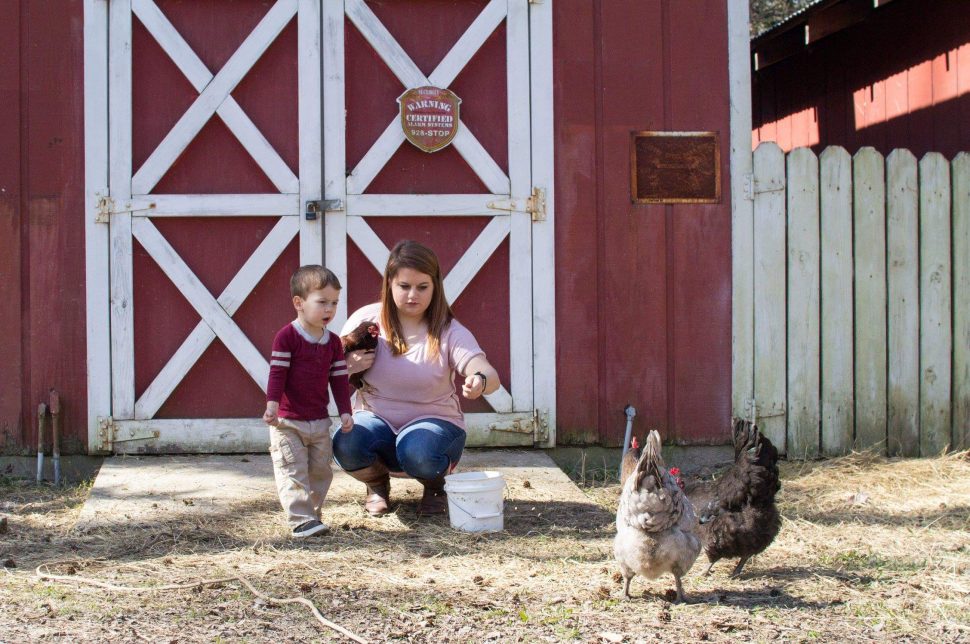Ever since I was a little girl, I’ve had an extreme love for animals and dreamed of owning a farm. Well in September of 2017, my dream started to manifest. We signed the papers to a beautiful, old Acadian-style home smack dab in the middle of three acres in Denham Springs, Louisiana, with the hopes of one day turning this into a beautiful homestead where we could be as self-sufficient as possible.
Before we could even settle in to the house, my grandfather and grandmother kept trying to talk us into getting chickens. My grandfather would often say, “I would really like some fresh eggs, and we will help with the chicken feed.”
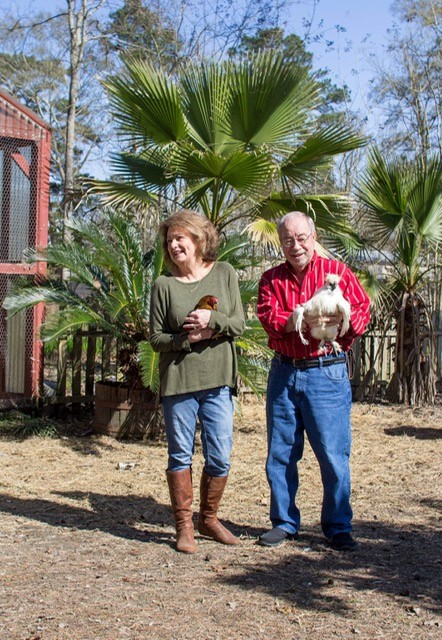
My grandfather was raised on his uncle’s farm in Port Allen, so he has been around pigs and chickens his whole life. Fresh eggs and meat were his cup of tea.
He often tells us stories of his uncle’s poultry farm adventures. He’d start, “One day we had a shipment of 1,000 baby chicks, and we had to stay up all night with big drums with fires pushing through the baby chicks to keep them from piling up on each other. It was a very long, cold night—the coldest of the year.”
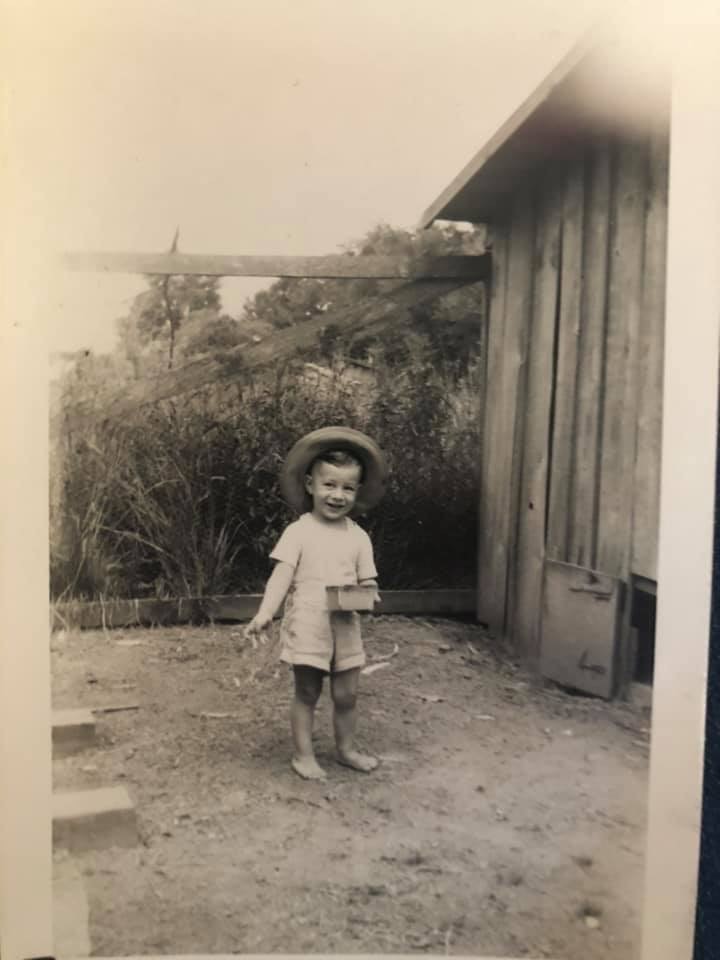
I can’t tell you how many times I’ve heard the start of this story, but I love it the same every time. I finally gave in to the idea when I heard about the local poultry swap that happens monthly at the Tractor Supply Co. in Denham Springs.
The Day I Bought My First Chickens
I loaded up my two boys and headed to the swap without a plan, coop or breed in mind. I literally knew nothing. I mean, how hard could it be to take care of chickens?
Honestly, it’s not that hard at all, but I would not recommend doing this without at least having a coop built beforehand. Anyone who knows me knows how spur-of-the-moment I am, so this didn’t surprise my husband nor grandfather at all when I gave them a call.
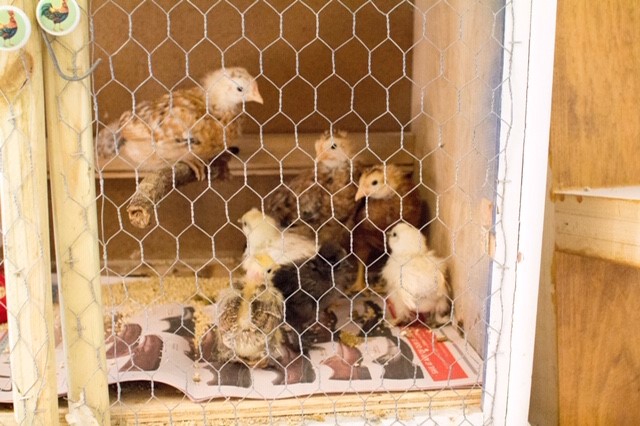
“Well, you see, I did a thing.”
This is the statement I use when I know I should have told my husband beforehand, but it kind of “slipped my mind,” and I didn’t want him to be mad.
He was not surprised though! I had been hinting at the idea of him building a coop for about a month at this point. He was on a plant turnaround at the time, so the project got pushed to the back burner. My grandfather was more than happy to come over and help convert my big greenhouse into a coop while my grandmother decided she wanted to go get some more chickens.
This is where “chicken math” comes in. There’s only one answer you’ll ever get: you can never have too many! I bought six for myself, and my grandmother returned with three more later that day.
From an Idea to a Life-Changing Hobby
I never imagined that I would love this new hobby as much as I do! I’ve even started to make a profit on my not-so-little coop. Since starting, I’ve found that there are so many breeds to fall in love with—over 150 to be exact!
Although there are so many breeds to choose from, it was fairly simple to figure out the ones that fit in with our family, and we now sell fertile eggs and chicks for profit. However, my big egg layer coop has over 15 different breeds ranging from the largest, the Jersey Giant, to the world’s smallest, the Serama.
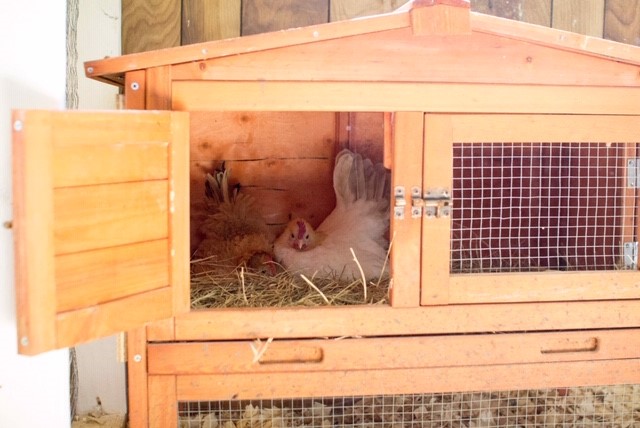
Going into this, I was just excited to have some new animals around the house. I never imagined how good the taste of a fresh egg thrown in a skillet could be. There is something about an egg coming from your farm to your table that can put a smile on your face and joy in your heart.
The best part about the hobby is that it isn’t that expensive at all to have farm fresh eggs on your table straight from your back yard! Chickens can honestly be the pet that earns their own keep.
The Cost to Buy and Feed Chickens
To feed my flock of 40+ birds—yes, you read that right—it usually costs around $30 dollars each month. That’s two 50-pound sacks of feed at $12.99 each.
There’s cheaper feed out there, but I find better quality brings better quantity. I can make that cost back in just selling one dozen of my fertile Serama eggs at $40 a dozen plus shipping! Seramas are an amazing breed and very fun to bring to Serama-specific competitions and show off, so their eggs will cost more.
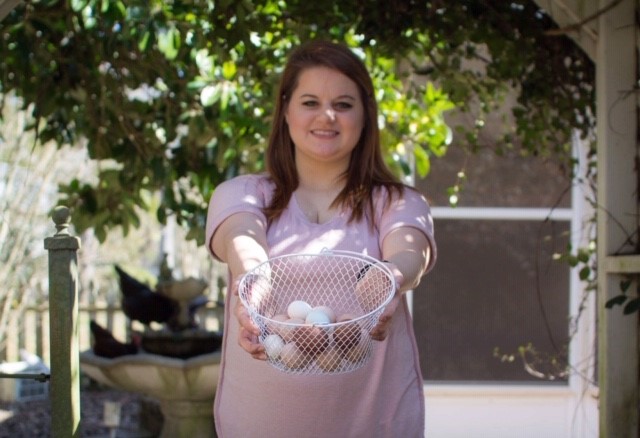
You can cut cost for feed by free ranging your flock during the day, which means you can allow them to roam outdoors freely instead of being closed in a coop. This is a risk since it leaves them vulnerable to predators during the day. I take the risk since it makes my hens happier and gives them more variety to their diet. Better variety leads to tastier eggs. Yummy!
You can also save money by growing your own sprouts, which is just clover, wheat and barley seeds. You can get these for extremely cheap at your local farm supply store. This will take some effort since it’s a daily task of rinsing the seeds and straining the water two times a day. This can be very time-consuming.
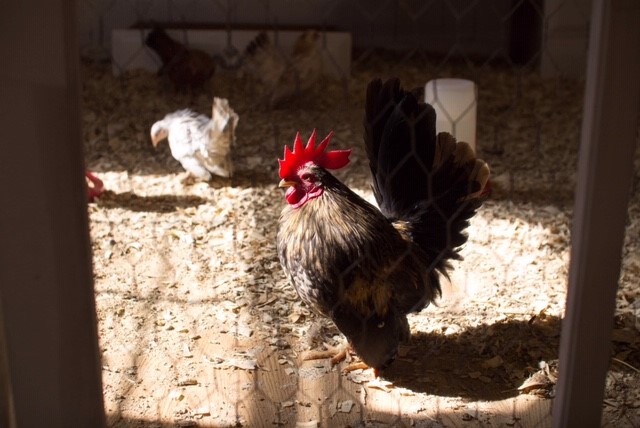
The second biggest expense you will have is obtaining your new chicks. The cost depends on how long you want to wait for eggs.
Chicks can be rather cheap to obtain compared to full-grown hens. Chicks can cost anywhere between $3 and $10 each depending on the breed of the chick. The wait for eggs is much longer this way. It can take anywhere from 5-10 weeks, depending on the breed, for chicks to grow and begin laying eggs.
Hens can cost $20-50 each, but you’re able to obtain your goal of eggs almost immediately. There is also the option of purchasing pullets. These are 3 or 4 month-old birds that are able to be put outside without a heat source. This is a middle ground option that doesn’t require you to drop an arm or a leg as full-grown hens would.
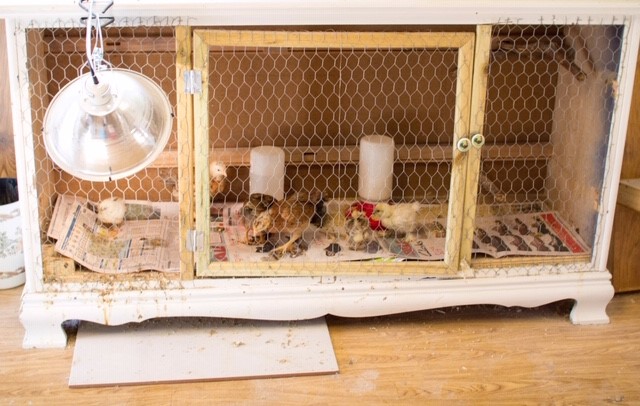
We decided to start with pullets. The wait for eggs at this age is around 3-5 months, depending on the bird. Pullets typically range around $10-25 each, and a family only needs about one bird per two people. Six birds could give you around one to two dozen eggs a week!
On average, chickens lay around 200-300 eggs each year. This is around an egg every other day for the best egg layers. However, they do tend to slack on laying eggs in the winter due to shorter daylight hours. This can be fixed with supplemental lighting in the coop.
Did you know?
Chickens need about 16 hours of daylight and at least 8 hours of complete darkness to continue to lay eggs.The Cost to House Your Chickens
Now let’s discuss the cost to house your new “fluffy butts.” It’s best to have the coop built before you obtain your flock. We got extremely lucky since the property we bought came with a huge green house that we converted to a coop.
We took some panels out and replaced them with hardware cloth and chicken wire so that the birds could get good cross-flow ventilation. We were able to do this the same day I came home with the hens.
A coop design can be extremely elaborate or plain and simple. They can range from $100 to $1,000 or more depending on your preference.
The main thing to remember is to make the coop predator-proof. You can do this by digging a trench and burying hardware cloth around the coop and run, which is an outdoor enclosure. This stops predators from digging underneath.
Losing your flock to a predator can be extremely costly. You can cut cost by using things you have lying around the house.
I have done this by using scraps of wood to build nest boxes for the coop and by using an old dresser as a brooder to raise chicks in, utilizing the drawers for nest boxes in the coop. Chickens aren’t really picky, so do what is affordable for you!
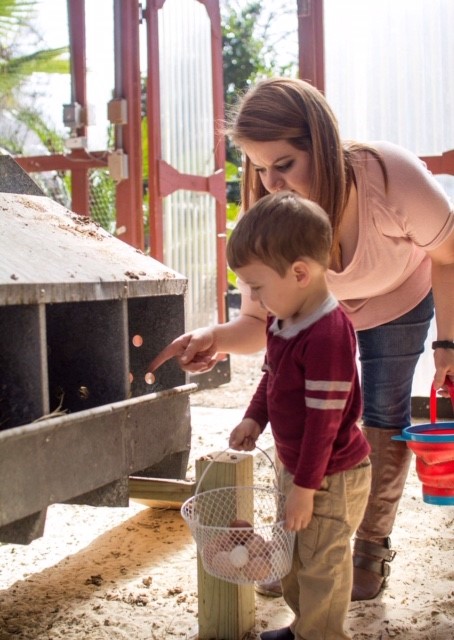
Life as a Chicken Mom
I truly believe that raising chickens is one of the greatest joys of my life, besides my children that is. I’m not the only one either! I’m sure all my chicken lover groups would back me on this. It’s a lifestyle, and what farm is complete without a few egg layers?
My family and I spend a lot of time in and around the coop on the weekend. Whether it’s cleaning the coop out (which does take some time) or building something for the birds to enjoy, chickens get us out of the house and into the yard. For that, and the joy my family gets from them, they’re priceless.
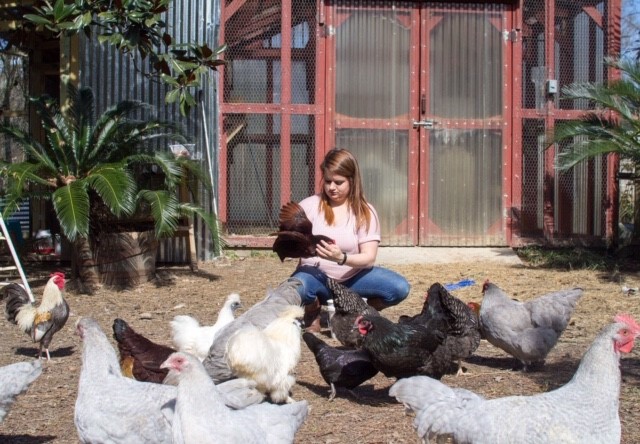
They do take some work, but when the family bands together to get the chores done, we make short work of it. My oldest son is always asking me to go play with the chickens or give them treats so he can pet them.
It’s beautiful seeing the smile on your child’s face from one of your animals. The knowledge and discipline he will learn from helping me care for the animals will be cherished for the rest of his life.
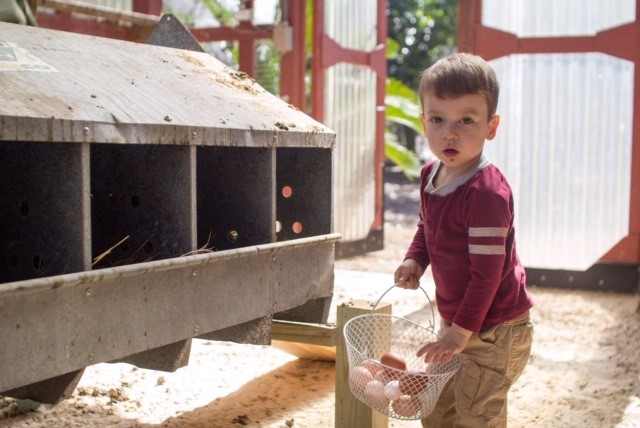
Having chickens even helped my husband discover that his mild egg allergy wasn’t actually to the eggs at all! He was allergic to the hormones the commercial farms use on the chickens so they will produce more. Now this may not be the case for all, and I would not suggest doing this if you’re extremely allergic to eggs.
Beyond that, the taste difference for homegrown eggs makes the chickens worth the cost. My husband and I actually had a little competition to see if I can tell the difference in a store-bought egg and one of ours. He fried up two eggs, and he was amazed that I could tell immediately which one was our egg off of just one bite.
Being a chicken mom has really opened up a new world for me, and I hope this inspires some of you to get a flock of your own for your family to enjoy!
Are you a chicken parent or has your family ever owned any farm animals? Let me know in the comments!
My name’s Kirsten. I’m a proud chicken mom and the mother of two beautiful children.

